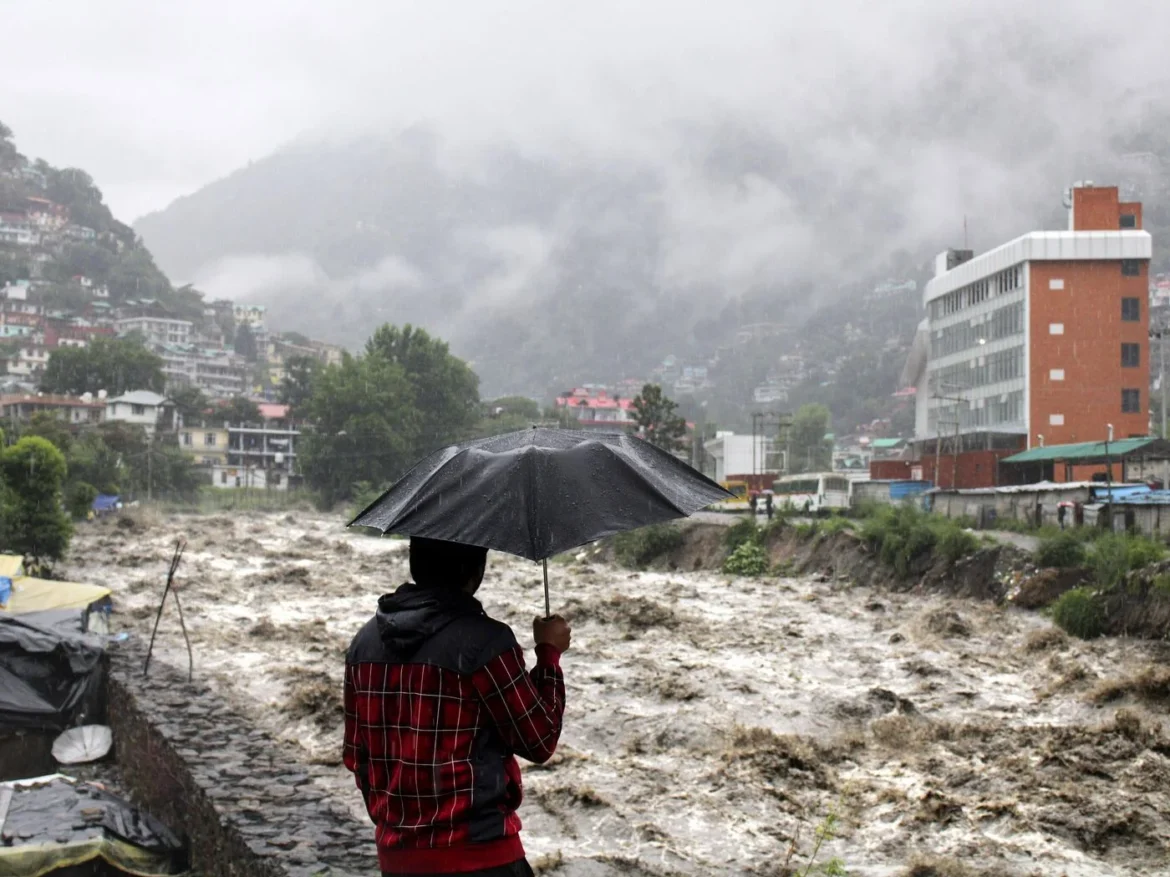Shimla, Aug 7: Relentless monsoon rains have caused widespread destruction across Himachal Pradesh, with losses from natural disasters now pegged at ₹1,952.51 crore, according to official estimates released by the State Revenue Department.
Since the onset of the monsoon, 108 people have lost their lives in a series of cloudbursts, flash floods, and landslides. The devastation includes 58 flash floods, 51 landslides, and 30 cloudbursts, the latest being in Tacklech area of Shimla district on Wednesday night, though no casualties were reported in that incident.
The Public Works Department (PWD) has suffered the most, reporting losses of ₹1,040 crore, primarily due to damaged roads, bridges, and infrastructure. The Jal Shakti Department, which manages water supply and irrigation systems, has recorded damages worth ₹661.76 crore, while the Power Department reported a loss of ₹139.46 crore.
Damage to the horticulture and agriculture sectors, vital to Himachal’s economy, is also significant. The horticulture sector has reported losses of ₹27.43 crore, while agriculture losses stand at ₹11.45 crore.
Meanwhile, the India Meteorological Department (IMD) has warned of continued rain in the state till August 13. An orange alert has been issued for August 10 and 11, forecasting very heavy to heavy rainfall in several districts. A yellow alert has been issued for August 8, 9, 12, and 13.
“Heavy to very heavy rainfall is likely in isolated areas, while light to moderate rain will continue across most regions,” the IMD said, cautioning residents and travelers to remain vigilant.
Over the last 24 hours, Bharwain in Una district recorded the highest rainfall at 120 mm, followed by Naina Devi (90 mm), Kangra (62.5 mm), Dharamsala (42.5 mm) and Shimla (19 mm). Tourist towns like Manali (12.2 mm) and Kufri (9.2 mm) also reported steady showers.
With the monsoon still active, officials remain on high alert. Emergency response teams have been deployed across vulnerable zones, but road closures and disrupted utilities continue to affect daily life.
Authorities have urged residents in high-risk areas to avoid travel and remain prepared for evacuation if necessary. The state continues to monitor river levels, landslide-prone slopes, and infrastructure vulnerabilities as weather conditions remain volatile.

